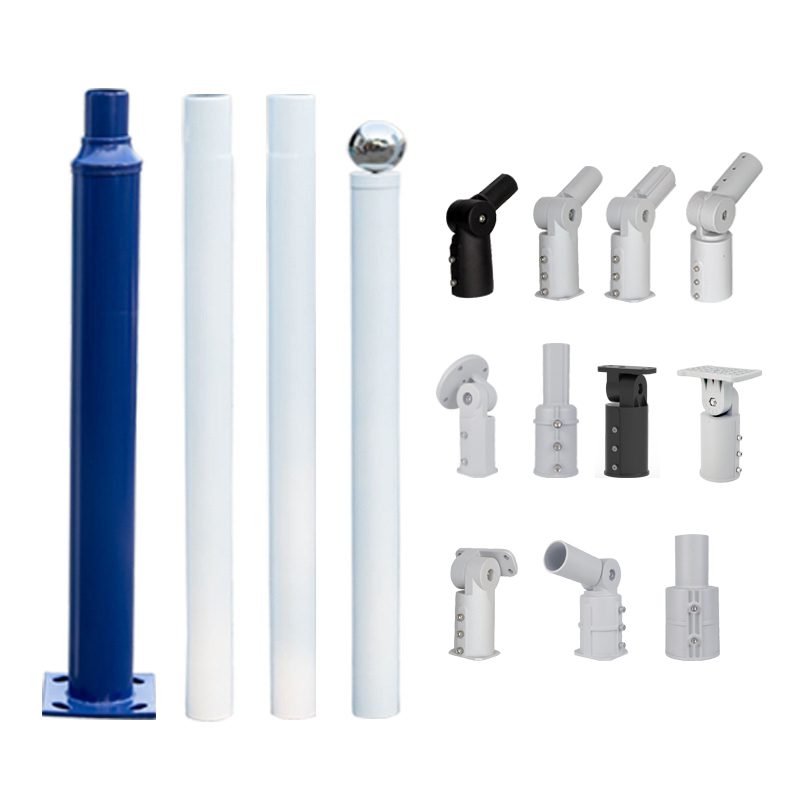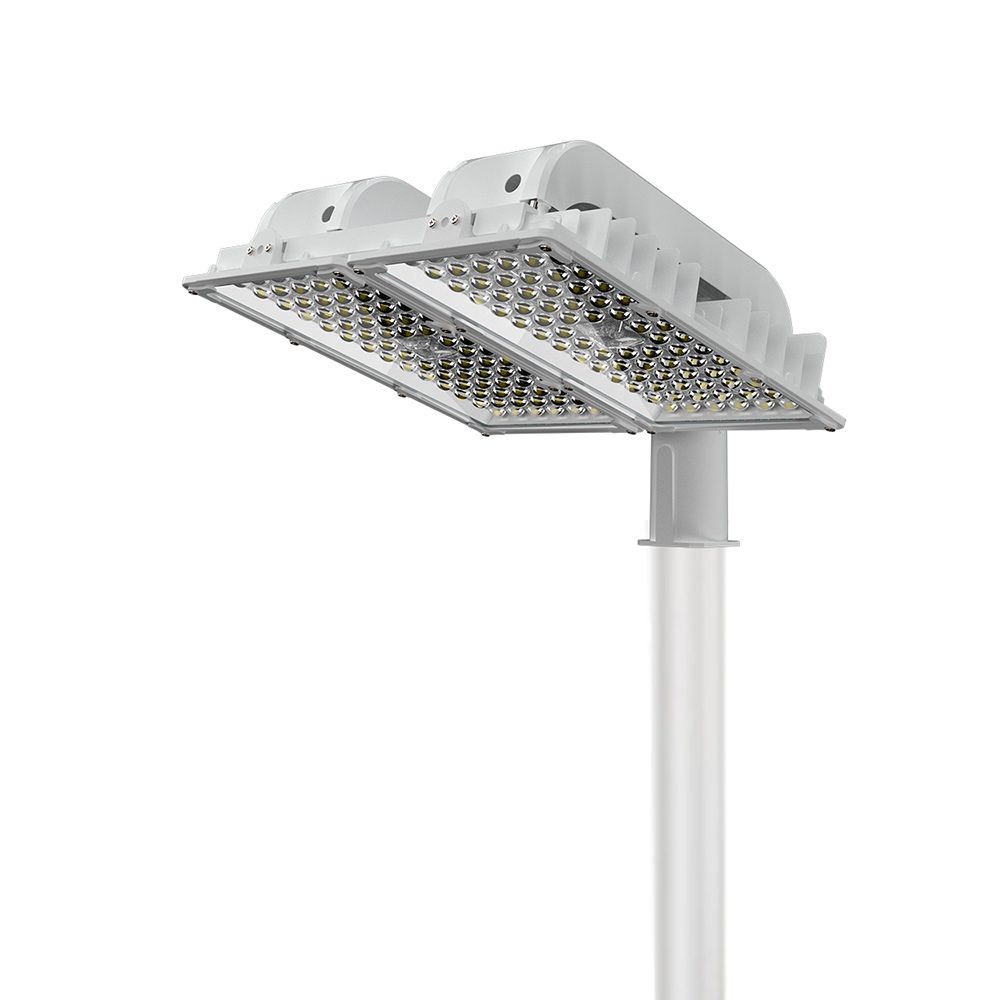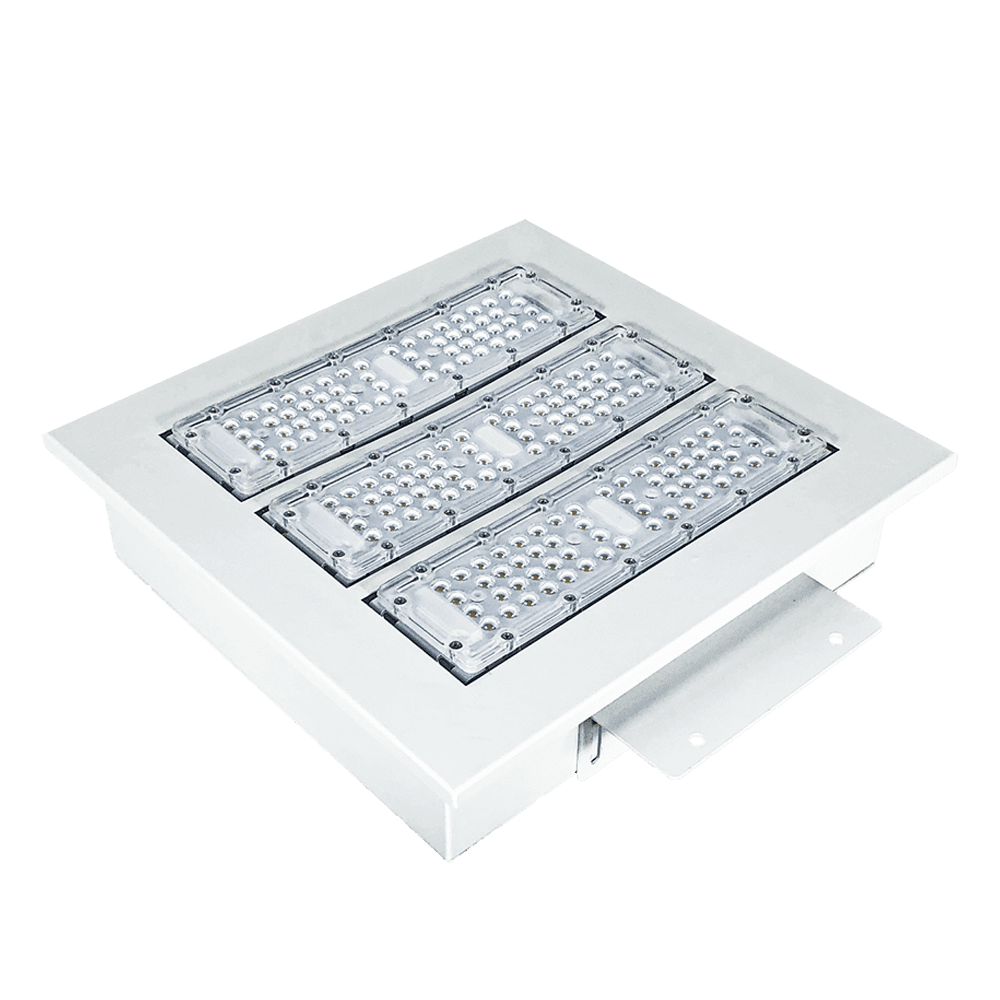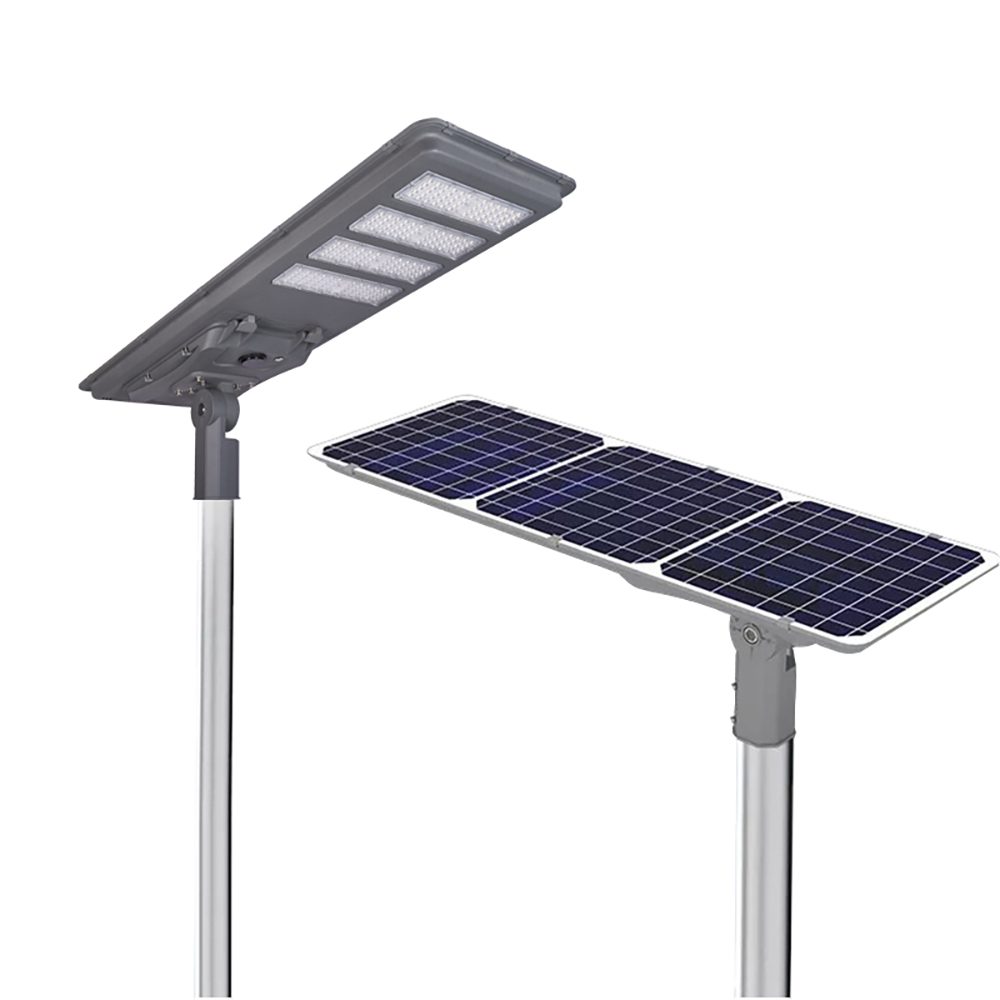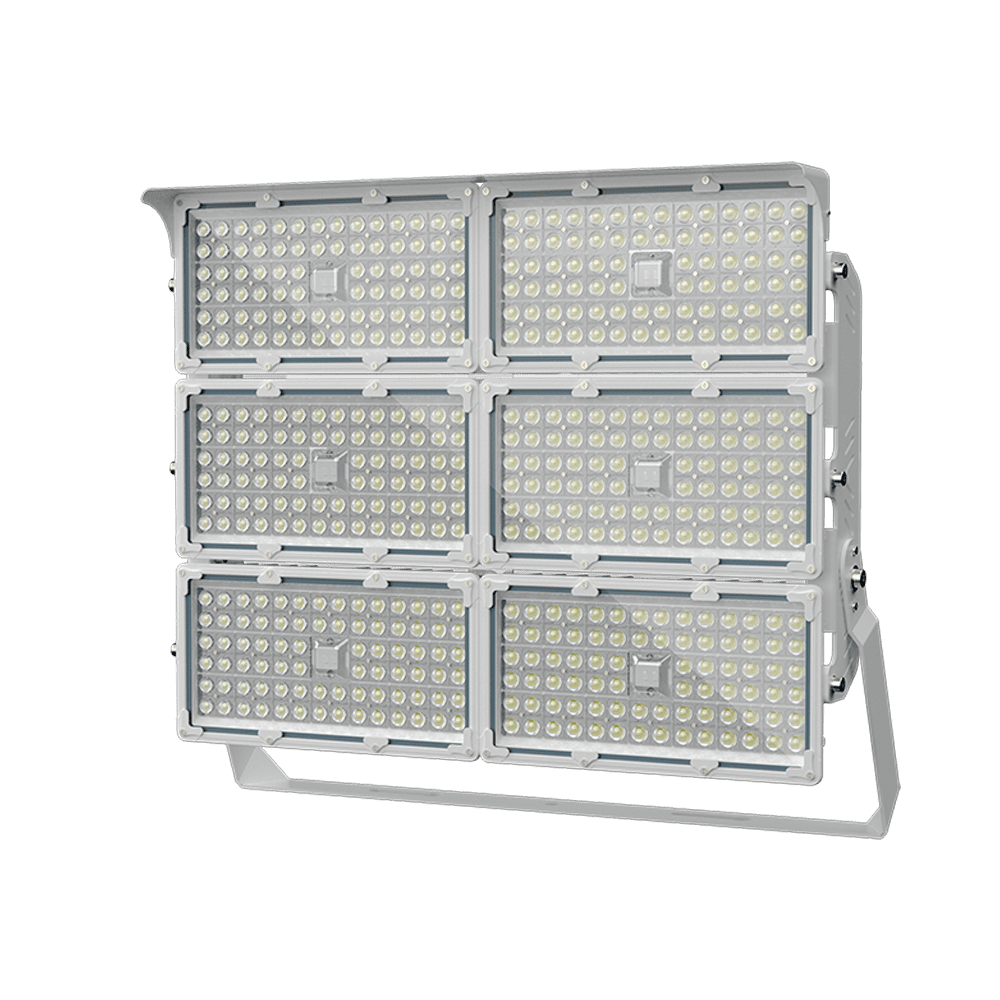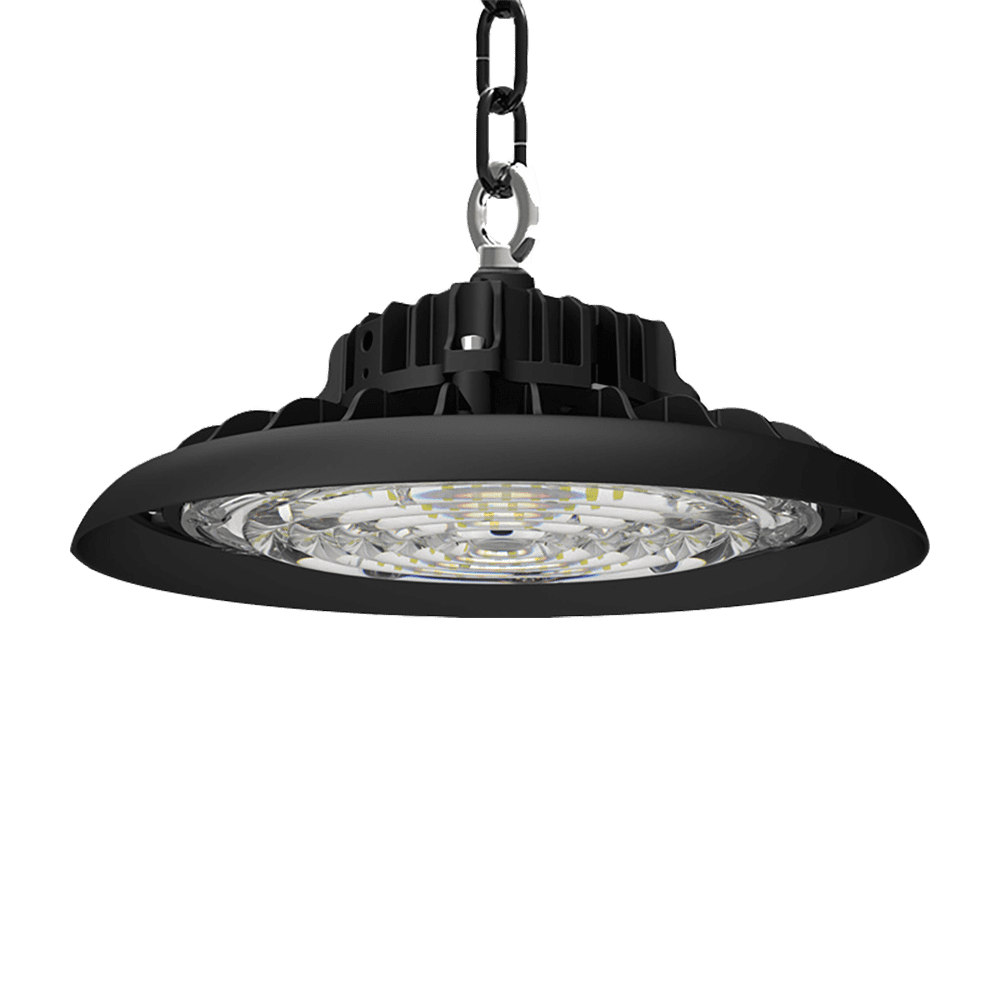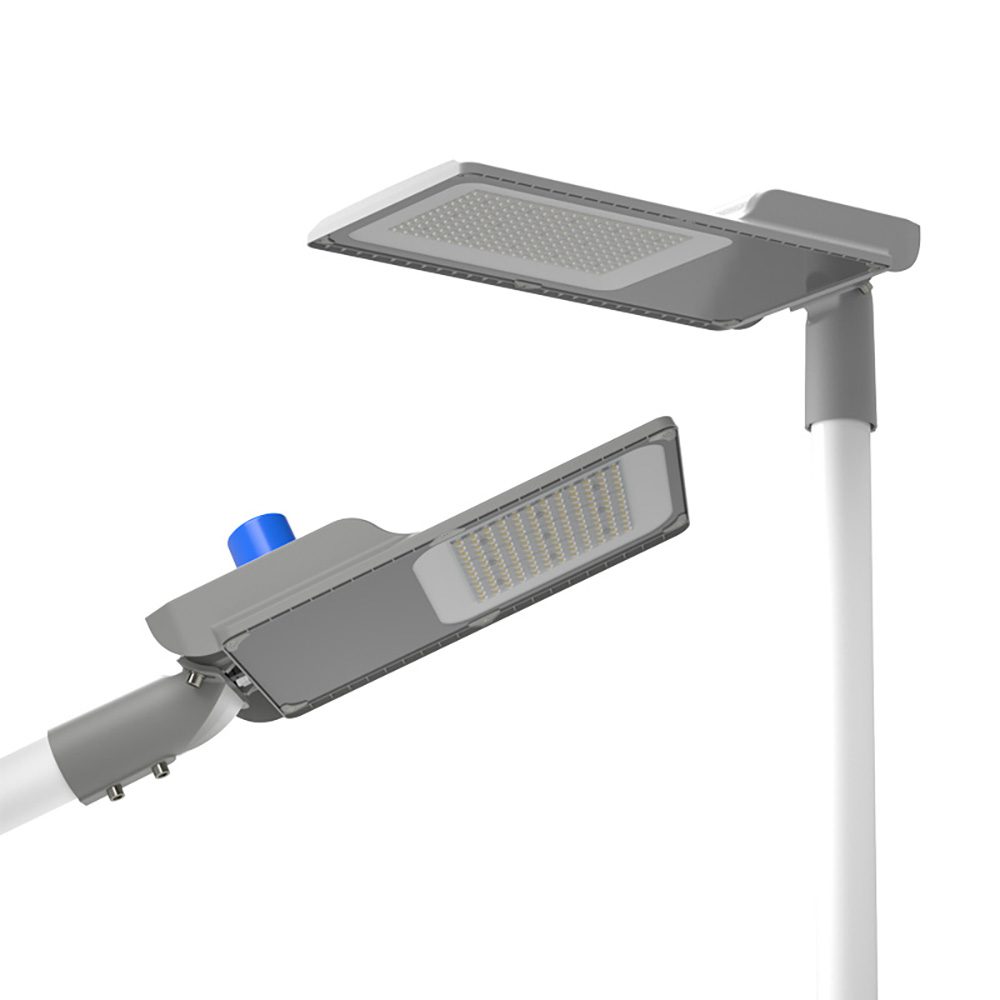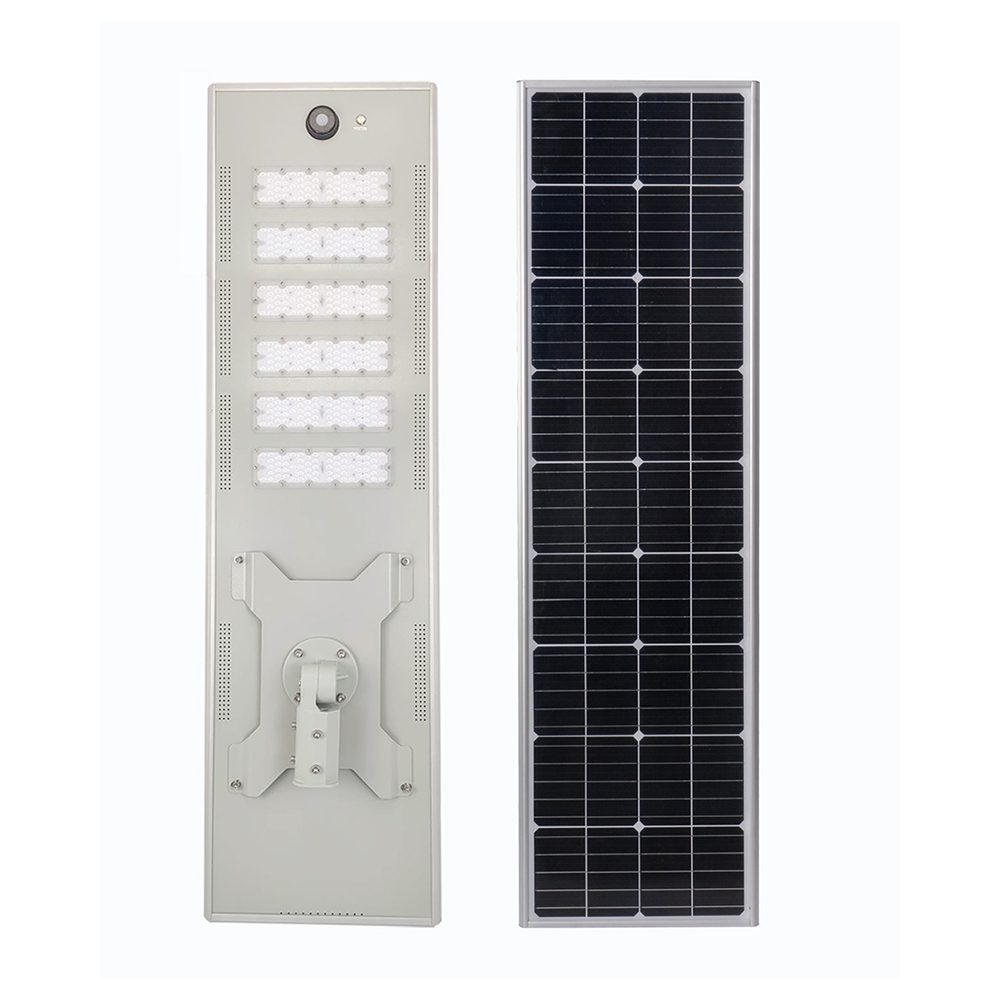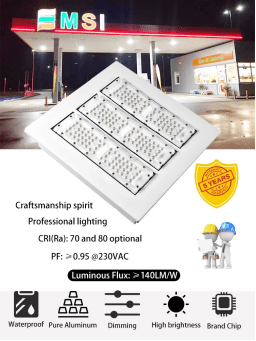In modern outdoor lighting, LED canopy lights are widely favored for their efficiency, environmental friendliness, and long lifespan. As an important lighting solution, outdoor LED canopy lights not only provide high-quality illumination but also play a significant role in energy conservation. However, many users do not fully harness their potential. This article explores several methods to improve the efficiency of outdoor LED canopy lights, helping businesses and consumers make better use of this technology.
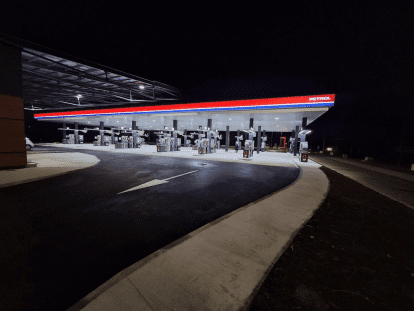
1.Choose High-Quality LED Fixtures
Selecting high-quality LED fixtures is the first step to improving efficiency. There are many brands and models of LED lights on the market, with varying levels of quality. High-quality LED fixtures typically offer higher luminous efficacy and better heat dissipation, providing brighter light at the same power level. Consumers should pay attention to parameters such as luminous flux (lumens), efficacy (lumens per watt), and lifespan when making selections to ensure they purchase quality products.
2.Proper Installation Height and Angle
The installation height and angle of LED canopy lights directly impact their lighting effectiveness. Installing lights too high or too low can result in uneven illumination and wasted light. During installation, it is essential to choose the appropriate height and angle based on the actual environment and lighting needs. Generally, lights should be installed at a height that ensures even coverage of the target area while avoiding direct glare into people’s eyes. Proper layout and installation can significantly enhance lighting efficiency.
3.Use Smart Control Systems
Smart control systems can effectively improve the efficiency of outdoor LED canopy lights. Through sensors and controllers, smart systems can automatically adjust light brightness based on changes in ambient light. For instance, during bright daytime hours, the system can automatically reduce light intensity to save energy; at night or in low-light conditions, the brightness will automatically increase. Additionally, timed switches and remote control capabilities enhance convenience, further optimizing energy consumption.
4.Regular Maintenance and Cleaning
Regular maintenance and cleaning are crucial for ensuring LED canopy lights operate efficiently. Dust, dirt, and other pollutants in outdoor environments can affect the heat dissipation and luminous efficacy of fixtures. Therefore, regularly cleaning the lights ensures they maintain optimal illumination. Additionally, checking connections and circuits for any looseness or damage can extend the lifespan of the fixtures, reducing the frequency of replacements and lowering overall operational costs.
5.Choose the Right Color Temperature
The color temperature of LED canopy lights directly affects lighting effectiveness and the ambiance of the environment. Different color temperatures are suitable for various settings. For example, warm white light is ideal for creating a cozy atmosphere, while cool white light is better for environments that require high brightness and clarity. Selecting the appropriate color temperature based on actual needs can enhance lighting comfort and efficiency, meeting diverse user requirements.
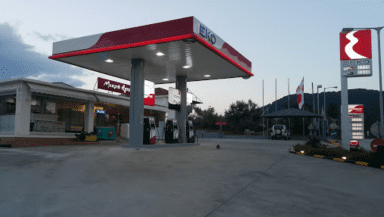
6.Pay Attention to Energy Efficiency Labels
When purchasing LED canopy lights, paying attention to energy efficiency labels is also vital for improving efficiency. Energy efficiency labels provide information about the power consumption and efficacy of the fixtures, helping users quickly assess a product’s energy efficiency level. Choosing LED fixtures with high energy efficiency ratings can save on electricity costs and reduce environmental impact.
By selecting high-quality products, ensuring proper installation, utilizing smart control systems, conducting regular maintenance, choosing appropriate color temperatures, and paying attention to energy efficiency labels, businesses and consumers can significantly enhance the efficiency of outdoor LED canopy lights. In the context of global efforts to promote energy conservation and reduce emissions, improving the efficiency of LED canopy lights is not only a wise economic choice but also a positive contribution to environmental protection.

